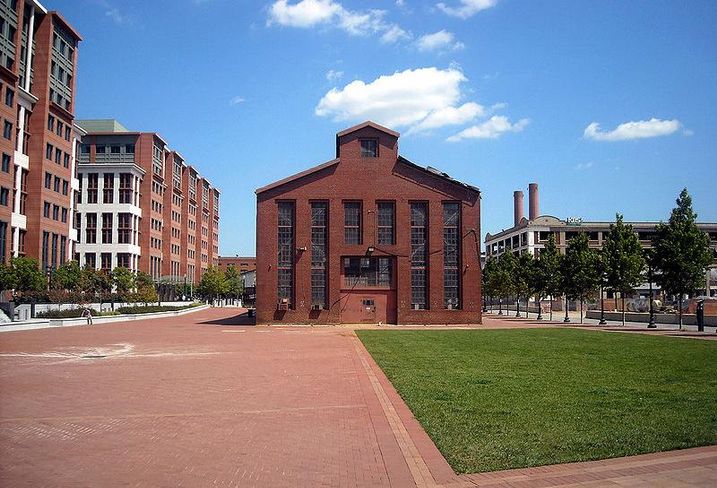The History Behind The Southeast Riverfront
The Southeast waterfront was home to the Nacotchtank tribe before Charles Pierre L'Enfant made it the main commercial center of the nation's new capital in 1791.
It became Washington's earliest industrial center and played a vital role in DC's commercial development throughout the 19th century, providing lumber and raw materials for the expanding city.
The area, much of which has been a part of the Washington Navy Yard, founded in 1799, was a key strategic link in the defense of the city during the War of 1812 and also produced ships, weapons and ammunition during World War II.
Most of the Navy Yard was burned by its chief officer, Commodore Thomas Tingey, in 1814 to prevent British forces from taking it over. After the War of 1812, its prominence moved from the realm of shipbuilding to heavy ammunitions production.
According to the US Navy, the yard was the largest producer of heavy artillery—known as ordnance—in the world as of World War II, and produced every piece of ordnance used by Naval troops until the 1960s.

The Yard declined from its peak as a manufacturer to its smaller, modern use as the operations command of the Navy. Many of the 129 acres from the Navy Yard's peak footprint were sold back to Washington, DC, and ultimately developed.
In recent history, the construction of the US Department of Transportation headquarters and the $600M Nationals Stadium have triggered rapid growth in the area. Today, the neighborhood is one of Washington's fastest-growing and may soon be the city's most densely populated.

